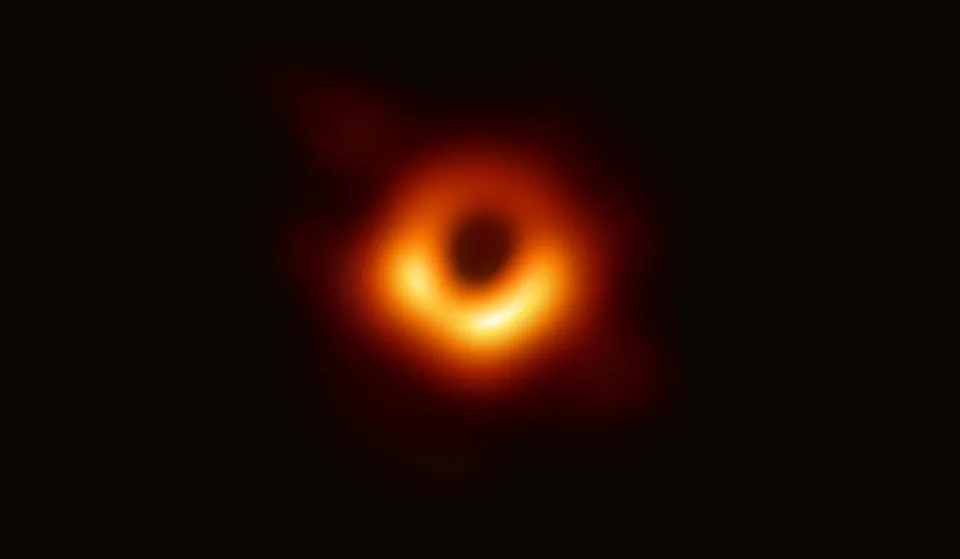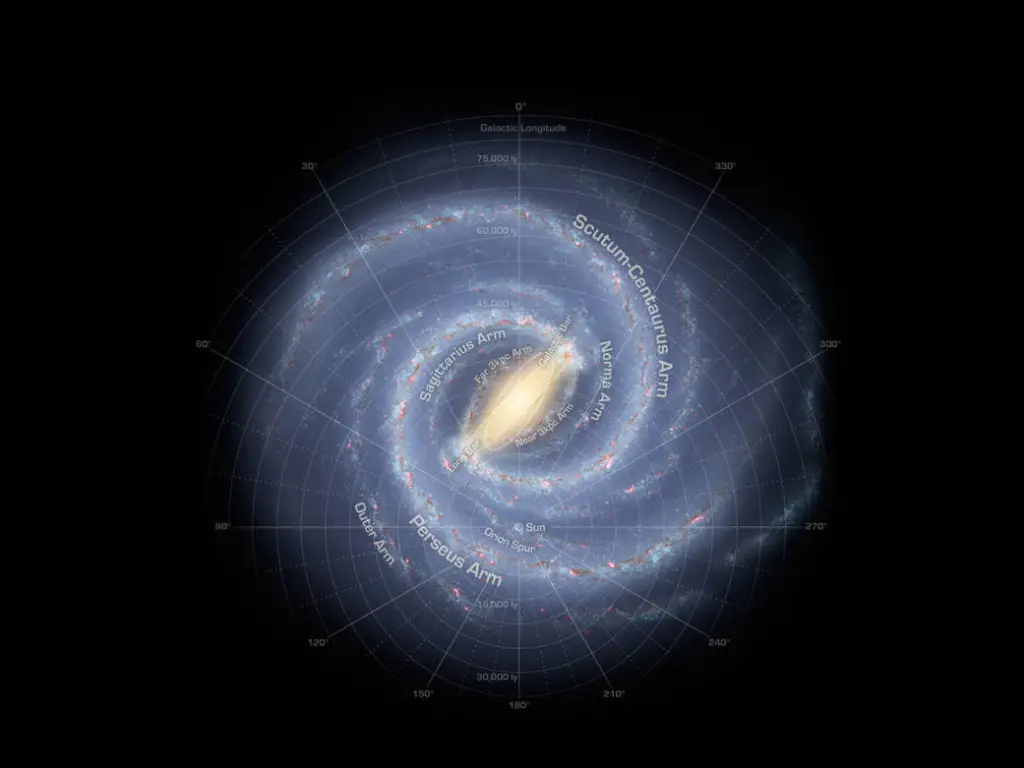Our Solar System is located in the Orion Arm of the Milky Way galaxy. Our Sun is about 26,000 light-years from the center of the galaxy. The Milky Way itself is 97,800 LIGHT – YEARS in diameter. The Milky Way is estimated to have formed 13.6 billion years ago, making it almost as old as the Universe.
The Milky Way that we see from Earth is a hazy, cloud-like band of light filled with stars. We can only see two spiral arms of the entire Milky Way from here: the Orion and Sagittarius arms.
The beginning of our solar system is dated to the birth of our Sun. This happened more than 4.57 billion years ago.
It is estimated that there are more than 100 billion stars, planets, and up to 100 million black holes in our galaxy. By the way, there is also a giant in the middle.

Planets
The central star of our solar system is the SUN. The planets revolve around it. The order of the planets, moving away from the Sun, is as follows: Mercury, Venus, Earth, Mars, Jupiter, Saturn, Uranus, Neptune.
They all orbit in elliptical orbits and rotate around their own axes.
We call Mercury, Venus, Earth and Mars the inner planets. They are all terrestrial planets (made of silicates and metals), Earth-type planets. They rotate more slowly around their own axes.
After Mars, there is a so-called asteroid / minor planet belt. The smallest dwarf planet in our solar system is located here: Ceres. According to researchers, the “unnecessary” debris of our formed planets also orbits here, among others.
The outer planets are Jupiter, Saturn, Uranus, Neptune. They are the gas planets (mainly made of hydrogen and helium), gas or ice giants, without a solid crust, Jovian planets.
After Neptune, there is the Kuiper / minor planet belt. The dwarf planet Pluto lives here, among others.
#FUNFACTS
Our central star, the SUN, accounts for 99.8% of the total mass of our Solar System.
Mercury orbits the Sun in about 3 Earth months.
Venus rotates on its axis in 243 Earth days. This is 1 planetary day. It orbits the Sun in 225 Earth days. This is 1 planetary year. In other words, 1 year on Venus passes faster than 1 day.
We owe the water of planet Earth to meteor showers spanning 20 million years and microscopic water droplets found in crystals in meteors.
Mars is half the diameter of Earth. Its largest canyon is Valles Marineris, which is more than 4,023 km long. This is 11 times the length of the Grand Canyon. The planet is home to the largest volcano in the Solar System, Olympus Mons, which at 25,750 meters is more than three times the height of Mount Everest in the Himalayas.
Jupiter‘s largest moon, Ganymede, has its own magnetic field and has oceans beneath its surface in much larger quantities than on Earth.
90% of Saturn‘s rings are frozen water ice. The heat from the Sun does not reach the gas giant to melt them.
Due to its tilt, one side of Uranus is dark for 42 years, while the other side is illuminated by the Sun. 42 years of winter, 42 days of summer in 84 Earth years, which is 1 Uranian planetary year. However, 1 planetary day here corresponds to only 17 Earth hours.
Neptune was first discovered on paper, due to the strange motion of the planet Uranus, which was not in accordance with the known physical laws. Urbain Jean Joseph Le Verrier determined the planet’s possible location based on astronomical and mathematical calculations. It is the only planet in our Solar System that is not visible to the naked eye from Earth.
Distance of planets from the Sun
The minimum distance of:
- Mercury is more than 46 million km, the maximum distance is almost 70 million km.
- Venus is more than 107 million km, the maximum is almost 109 million km.
- Earth is more than 147 million km, the maximum is almost 152 million 100 thousand km.
- Mars is more than 206 million km, the maximum is almost 249 million 230 thousand km.
- Jupiter is more than 740 million km, the maximum is almost 816 million 100 thousand.
- Saturn is more than 1 billion 349 million km, the maximum is almost 1 billion 504 million km.
- Uranus is more than 2 billion 735 million km, the maximum is almost 3 billion 6 million 400 thousand.
- Neptune‘s smallest distance is more than 4 billion 459 million km, its largest is almost 4 billion 536 million km.
Why aren’t the above given in light years?
The border of our galaxy from the Sun is approximately 8 – 10 trillion km, or approximately 1 light year. You can read about the Light Year HERE with examples, briefly.
1 light year is approximately 9.4 trillion (9.4 thousand billion) km. The farthest spacecraft we have traveled are the VOYAGERs, which are still on their way, for 45 years now. Although they had other tasks, during that 45 years they have traveled 20 light hours and are already beyond the border of our Solar System (not to be confused with our galaxy).
Voyager – 1 is currently more than 23.5 billion km away, Voyager – 2 is more than 19.6 billion km away from our Earth.
The closest star to our Sun, Proxima Centauri, is 4.2 light years away. It would take 80,000 years for the Voyagers to reach…
Be a Nerdy Bird!

